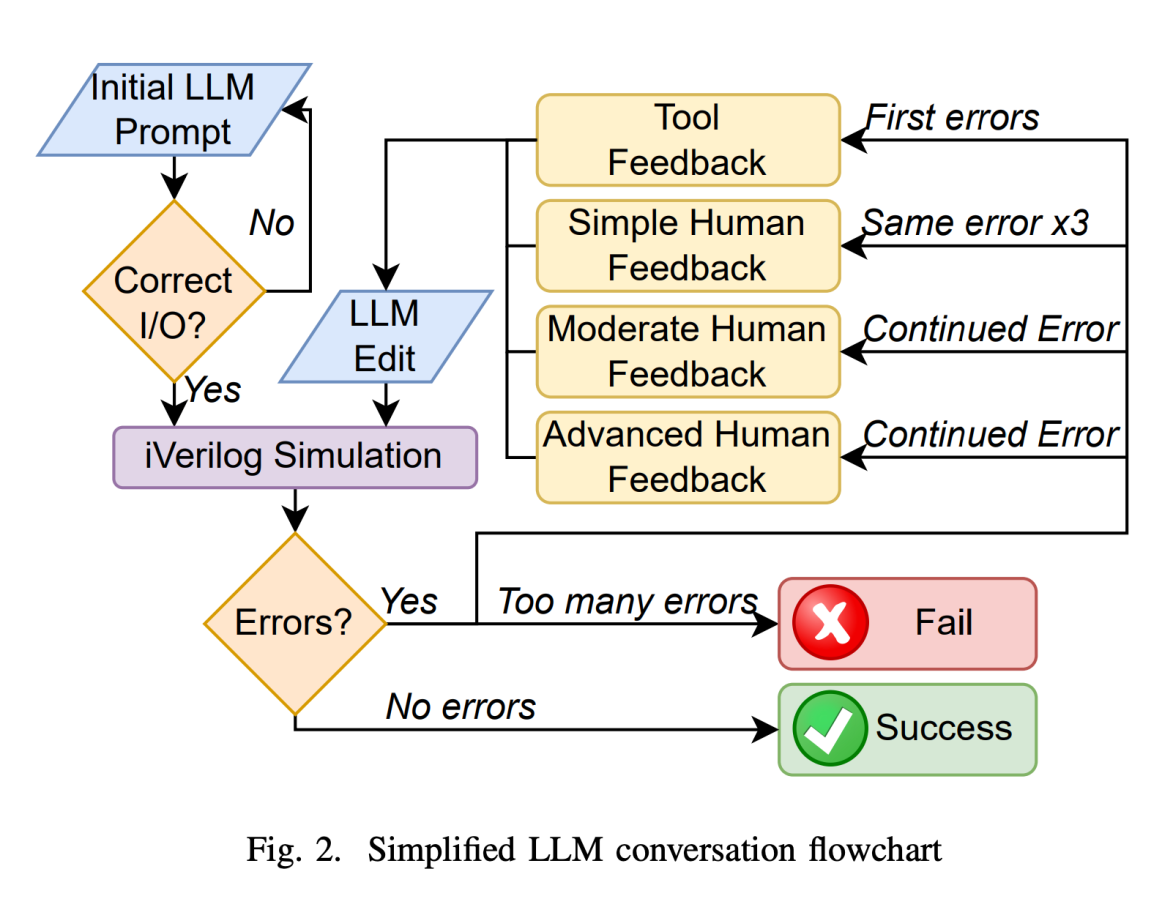Researchers from New York University (NYU) have been able to create a microprocessing chip for computers by simply having a conversation with ChatGPT, in what is believed to be the world’s first wholly AI-written chip device.
In a research paper published in Arxiv, an open-access database for academic papers, two hardware engineers had a “conversation” with ChatGPT-4 in standard English. A few benchmarks were set for the experiment, and if ChatGPT-4 committed too many errors, the test would be considered a fail.

The result? ChatGPT-4 “performed well”, said the paper. Despite needing human intervention at some stages, the chatbot passed a majority of the benchmarks.
ChatGPT-4 at times also produced “suboptimal responses”, according to the paper. In response to these, the engineers could choose to either “continue the conversation and nudge it to fix the response,” or “force GPT-4 to restart the response.” However, researchers noted that the number of restarts decreased when engineers became more experienced with using ChatGPT-4.
“This study resulted in what we believe is the first fully AI-generated HDL sent for fabrication into a physical chip,” said Hammond Pearce, research assistant professor at NYU Tandon School of Engineering.
“Some AI models, like OpenAI’s ChatGPT and Google’s Bard, can generate software code in different programming languages, but their application in hardware design has not been extensively studied yet. This research shows AI can benefit hardware fabrication too, especially when it’s used conversationally, where you can have a kind of back-and-forth to perfect the designs,” he adds.
Why is this important?
When it comes to making a chip, the typical process begins with highly specialised engineers describing the specifications of a chip’s design in natural language (i.e. English). The specifications are then translated into what is known as Hardware Description Languages (HDLs). Verilog is an example of a widely-used HDL.
In other words, chips don’t really understand English as we know it, and they need translators.
While the NYU’s experiment was certainly an impressive feat, the paper’s authors also stressed that the technology that powers AI chatbots “is still not yet able to consistently design hardware with only feedback from verification tools.”
This all means that there is more to be explored, but nonetheless it marks a significant breakthrough in the chip engineering field.



